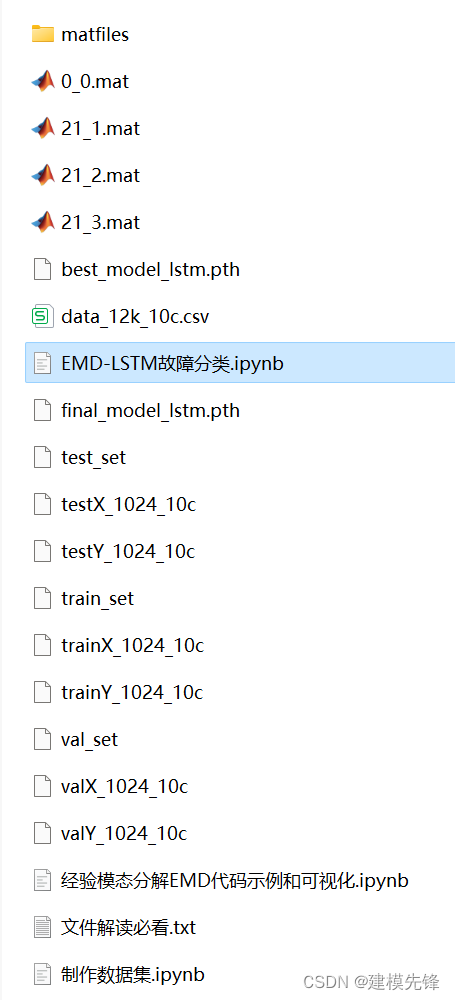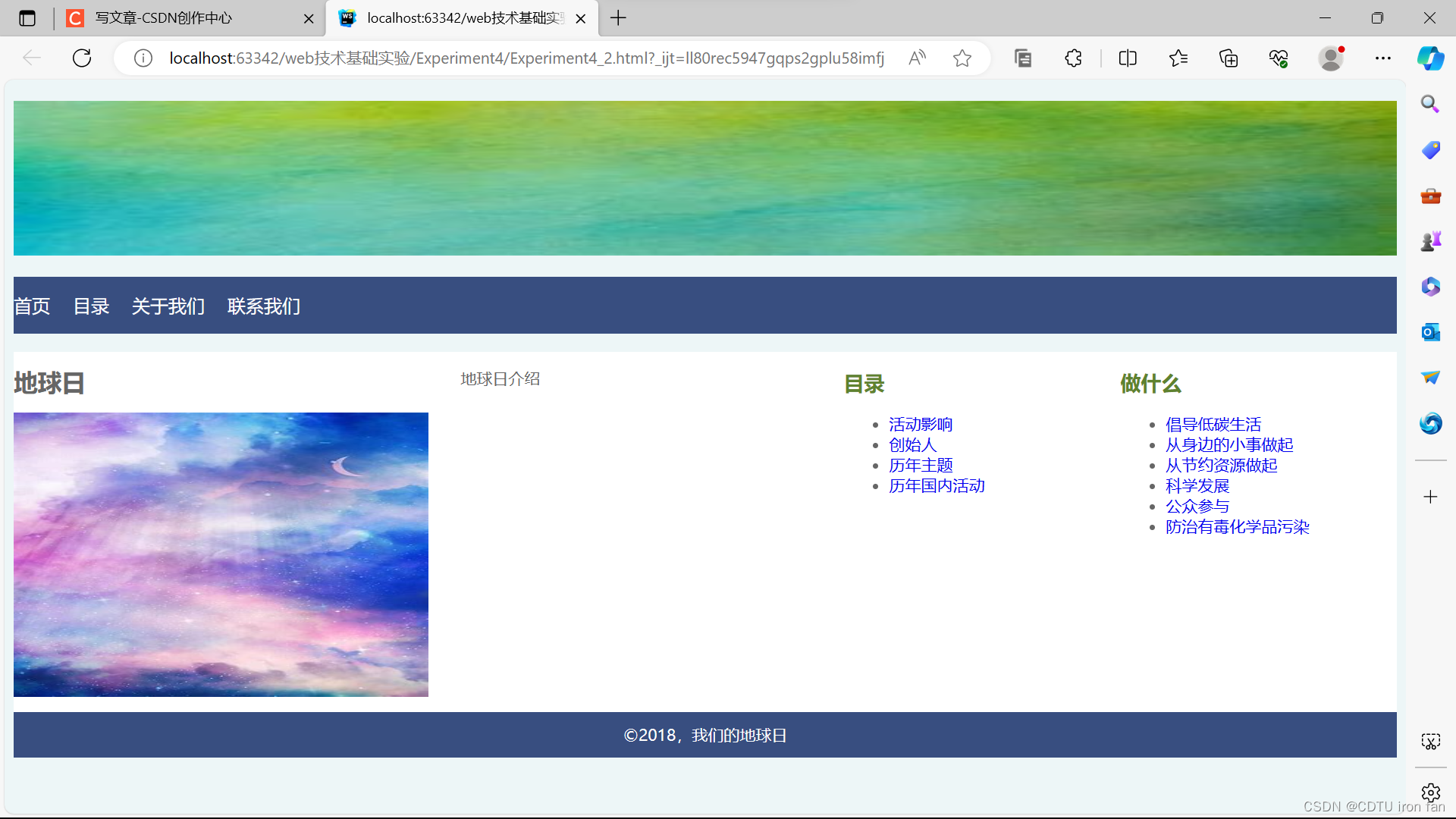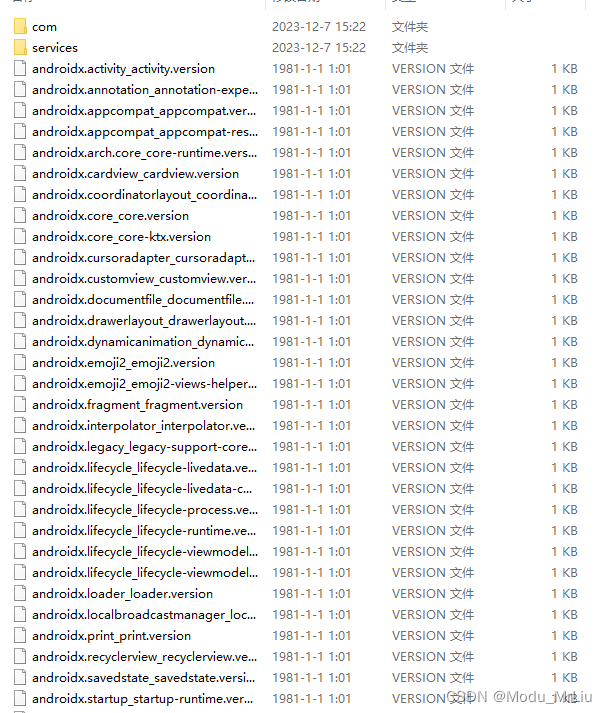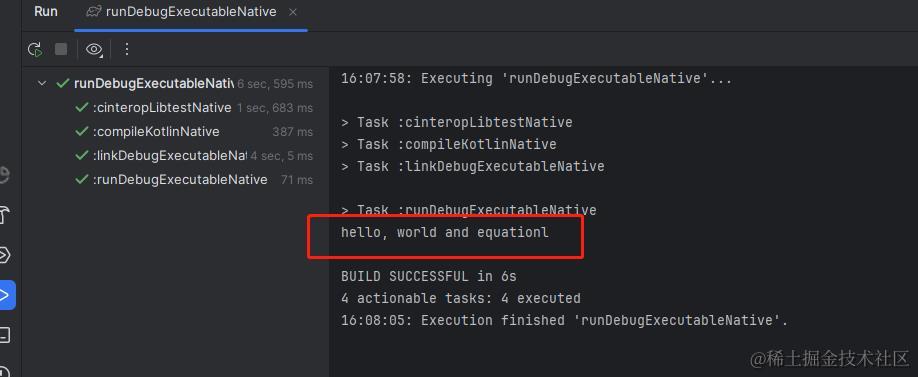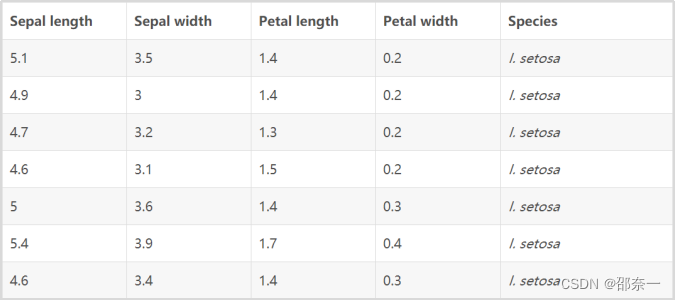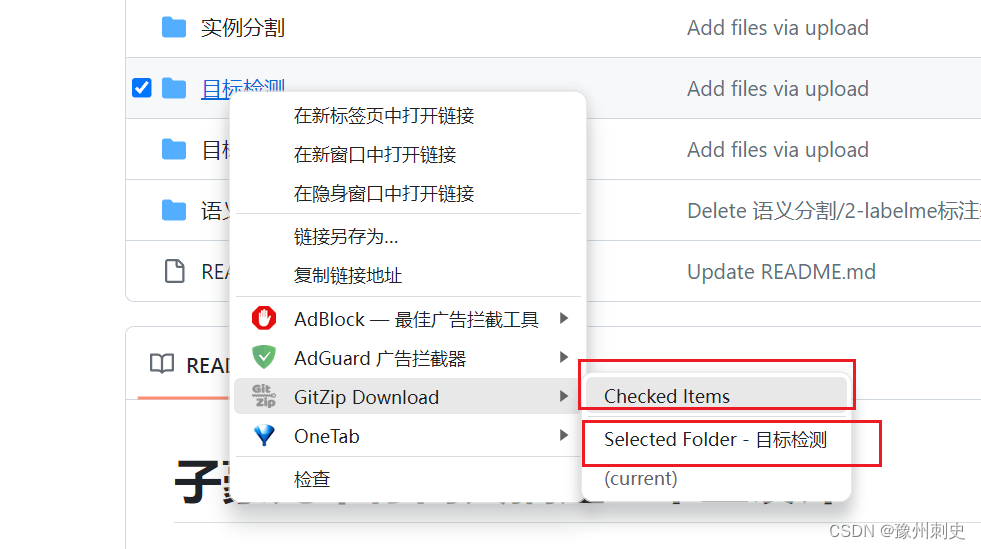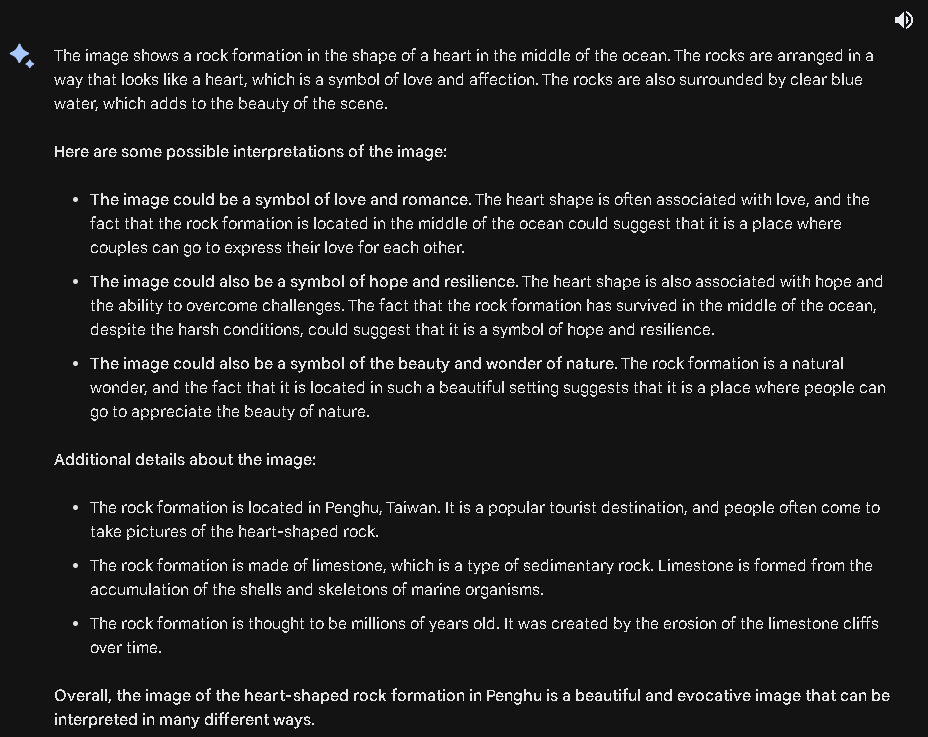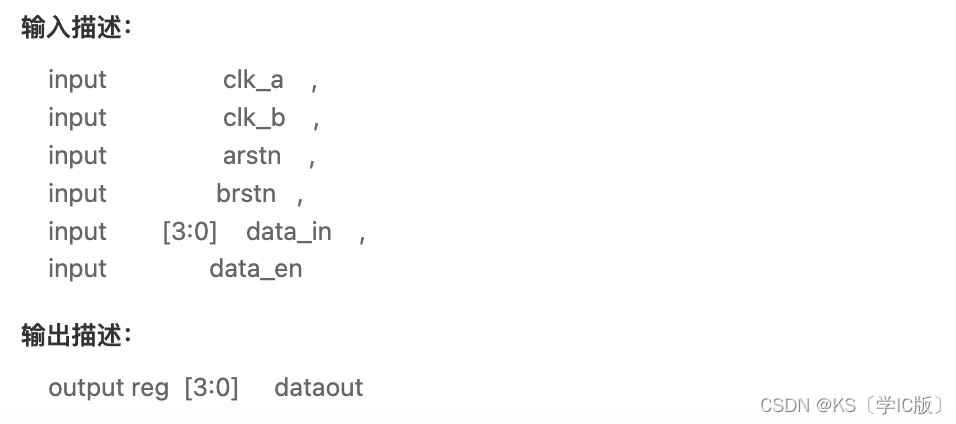前言
前面的文章我们已经介绍了如何获取沪深300成分股所述行业以及权重的数据,想要了解这部分内容的小伙伴可以阅读上一篇文章
springboot+jdbcTemplate+sqlite编程示例——以沪深300成分股数据处理为例-CSDN博客
那么有了上文获取的数据,我们实际上可以计算一下沪深300按照行业分布的权重占比数据,最后的成果如下所示
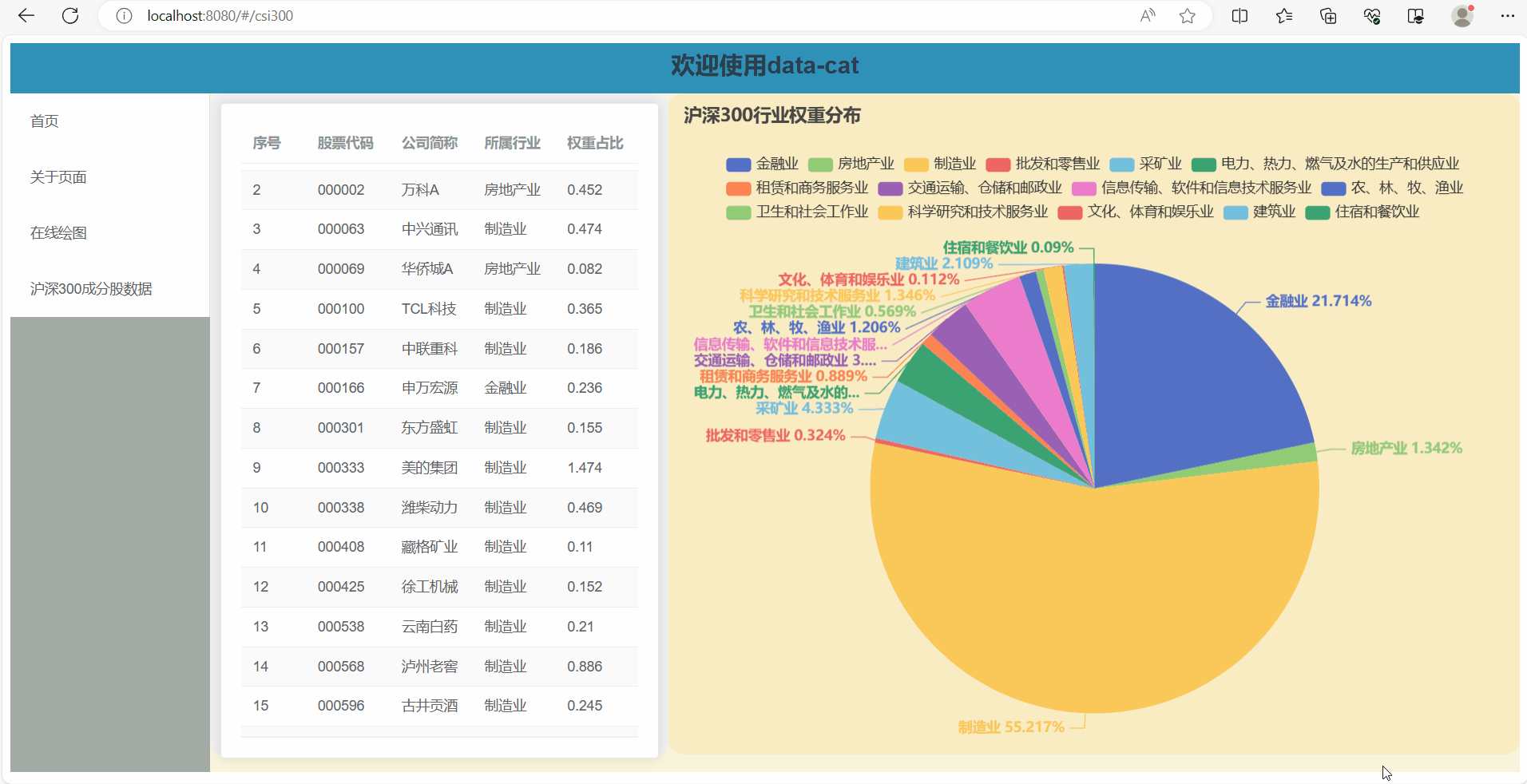
是不是效果还挺酷的,下面就来介绍一下技术细节。
后端技术细节
首先来讲一下后端的技术细节,其实后端需要做的就是从表中获取按行业区分的权重数据,我们先来看一下数据表

数据表中包含了所述行业和权重占比,那么思路就很明确了,我们只需要查出所有的行业,然后按照行业统计权重之和就行了。
我们的实体类非常简单,就是所属行业和对应的权重
@Data
@AllArgsConstructor
@NoArgsConstructor
public class CSI300DistVO {private String industry;private Double weight;}接着就是使用JdbcTemplate将数据查出来
public List<CSI300DistVO> queryDist() {// 首先查询所有的行业String sql = "SELECT DISTINCT industry FROM "+ tableName;List<String> industrys = jdbcTemplate.queryForList(sql, String.class);// 查询每个行业的权重和List<CSI300DistVO> csi300DistVOList = new ArrayList<>();for(int i=0; i<industrys.size(); i++) {sql = "SELECT SUM(weight) FROM " + tableName +" WHERE industry=?";Object[] params = new Object[] {industrys.get(i),};Double weight = jdbcTemplate.queryForObject(sql, params,Double.class);// 保留四位小数String tmp = String.format("%.4f", weight);weight = Double.parseDouble(tmp);CSI300DistVO entity = new CSI300DistVO(industrys.get(i), weight);csi300DistVOList.add(entity);log.info(entity.toString());}return csi300DistVOList;}然后通过get请求提供查询服务
@RequestMapping("/queryDist")@ResponseBodypublic String queryDist() {List<CSI300DistVO> csi300DistVOS = sqlIteCSI300Dao.queryDist();return JSON.toJSONString(csi300DistVOS);}最后获取的数据如下
[{"industry": "金融业","weight": 21.714
}, {"industry": "房地产业","weight": 1.342
}, {"industry": "制造业","weight": 55.217
}, {"industry": "批发和零售业","weight": 0.324
}, {"industry": "采矿业","weight": 4.333
}, {"industry": "电力、热力、燃气及水的生产和供应业","weight": 3.193
}, {"industry": "租赁和商务服务业","weight": 0.889
}, {"industry": "交通运输、仓储和邮政业","weight": 3.242
}, {"industry": "信息传输、软件和信息技术服务业","weight": 4.308
}, {"industry": "农、林、牧、渔业","weight": 1.206
}, {"industry": "卫生和社会工作业","weight": 0.569
}, {"industry": "科学研究和技术服务业","weight": 1.346
}, {"industry": "文化、体育和娱乐业","weight": 0.112
}, {"industry": "建筑业","weight": 2.109
}, {"industry": "住宿和餐饮业","weight": 0.09
}]后端的逻辑非常简单,下面来介绍一下前端的技术细节。
前端技术细节
前端我们采用的技术栈是vue+elemenet-plus+axios+echarts,思路大概就是都使用axios请求后端的数据,等到数据获取到了然后再将echarts图标绘制到页面上。
这里面主要是echart饼图的绘制,这里面我研究了好久,参数还挺多的,我会着重介绍一下。
我们之前说过,整个过程就是首先使用axios通过get请求获取后端数据,然后再进行图标的渲染,我们知道axios的请求是异步的,我们需要首先请求数据,等到数据请求成功后再进行图表的绘制。
下面我将绘制饼状图的代码都贴出来
// 绘制饼状图create_pie() {var url = "http://localhost:9001/queryDist";axios.get(url).then((response) => {console.log(response);for (var i = 0; i < response.data.length; i++) {this.pie_data.push({value: response.data[i].weight,name: response.data[i].industry,});}console.log(this.pie_data);var myChart = this.echarts.init(this.$refs["myChart"]);var option = {title: {text: "沪深300行业权重分布", //标题},tooltip: {},legend: {y: 50,textStyle: {fontSize: 14,},},label: {show: true,},series: [{name: "分布", //数据的名字type: "pie", //表示柱状图radius: "70%", //圆的半径center: ["50%", "60%"],label: {formatter: function (params) {console.log(params.name + " " + params.value + "%");return params.name + " " + params.value + "%";},textStyle: {fontSize: 14,fontWeight: "bolder",},color: "inherit",},data: this.pie_data,selectedMode: "single", //选中效果,使选中区域偏离圆心一小段距离,single或者multipleselectedOffset: 10, //偏离圆心的一小段距离},],};// 使用刚指定的配置项和数据显示图表。myChart.setOption(option);}).catch((error) => {console.log(error);});},我们介绍一些比较重要的参数,绘制的时候比较重要的参数都在series中

series中对应的参数如下:
- name:名称
- type:图标的类型,当设置成"pie"的时候表示饼状图
- radues:表示饼状图半径的大小
- center:表示圆心在画面中的位置,横着的是x轴,竖着的是y轴,我这样设置就会让饼状图中屏幕中间偏下的位置,方便上方标签的显示
- label:表示饼状图中标签的文字显示
- formatter表示我们要显示标签的格式,我们可以自定义要显示的内容
- textStyle可以设置文字的大小和样式
- color可以设置文字的颜色,"inherit"表示颜色跟随对应的扇形的颜色
- data:我们要展示的数据
- selectedMode:表示选中的效果
- selectedOffset:扇形被选中的时候放大的幅度
我们目前只是用了这些属性,当然echart还有非常多的属性可以设置,感兴趣的可以自行探索。
下面是这个页面的完整代码
<template><div><el-row class="container"><div class="left-grid"><el-card><el-table:data="table_data":show-header="true":max-height="615"stripe><el-table-columnprop="id"label="序号"width="65%"></el-table-column><el-table-column prop="code" label="股票代码"></el-table-column><el-table-column prop="name" label="公司简称"></el-table-column><el-table-column prop="industry" label="所属行业"></el-table-column><el-table-column prop="weight" label="权重占比"></el-table-column></el-table></el-card></div><div class="right-grid" ref="myChart"></div></el-row></div>
</template><script>
import axios from "axios";
import { getCurrentInstance } from "vue";
export default {data() {return {table_data: [],pie_data: [],echarts: getCurrentInstance().appContext.config.globalProperties.$echarts,};},mounted() {this.init();},methods: {init() {var url = "http://localhost:9001/queryAll";axios.get(url).then((response) => {this.table_data = response.data;console.log(response);}).catch((error) => {console.log(error);});this.create_pie();},// 绘制饼状图create_pie() {var url = "http://localhost:9001/queryDist";axios.get(url).then((response) => {console.log(response);for (var i = 0; i < response.data.length; i++) {this.pie_data.push({value: response.data[i].weight,name: response.data[i].industry,});}console.log(this.pie_data);var myChart = this.echarts.init(this.$refs["myChart"]);var option = {title: {text: "沪深300行业权重分布", //标题},tooltip: {},legend: {y: 50,textStyle: {fontSize: 14,},},label: {show: true,},series: [{name: "分布", //数据的名字type: "pie", //表示柱状图radius: "70%", //圆的半径center: ["50%", "60%"],label: {formatter: function (params) {console.log(params.name + " " + params.value + "%");return params.name + " " + params.value + "%";},textStyle: {fontSize: 14,fontWeight: "bolder",},color: "inherit",},data: this.pie_data,selectedMode: "single", //选中效果,使选中区域偏离圆心一小段距离,single或者multipleselectedOffset: 10, //偏离圆心的一小段距离},],};// 使用刚指定的配置项和数据显示图表。myChart.setOption(option);}).catch((error) => {console.log(error);});},},
};
</script><style scoped>
.container {display: grid;grid-template-columns: 35% 65%;width: 100%;height: 80vh;
}
.left-grid {background-color: #f0f0f0;border-radius: 2%;padding: 10px;height: 95%;
}
.right-grid {background-color: #f9ecc3;border-radius: 2%;padding: 10px;height: 95%;
}
</style>
最后再放一张显示的效果

数据分析
这部分我们进行一下简单的数据分析。

从数据中可以看出来,目前沪深300指数中制造业占比最高,高达55.217%;金融业第二,占比21.714%;排名第三的是采矿业,占比4.333%;排名第四的是信息技术服务业,占比4.308%;排名第五的是物流行业,占比3.242%;排名第六的是电力等基础设施行业,占比3.193%,剩下的一些行业占比就比较低了。
从这组数据中我们可以看出来,我们国家的经济发展还是以制造业为主,金融业为辅的模式,至少沪深300指数构成来看是这样的。
好了,本文就到这里了,有什么想说的欢迎留言和我交流。
